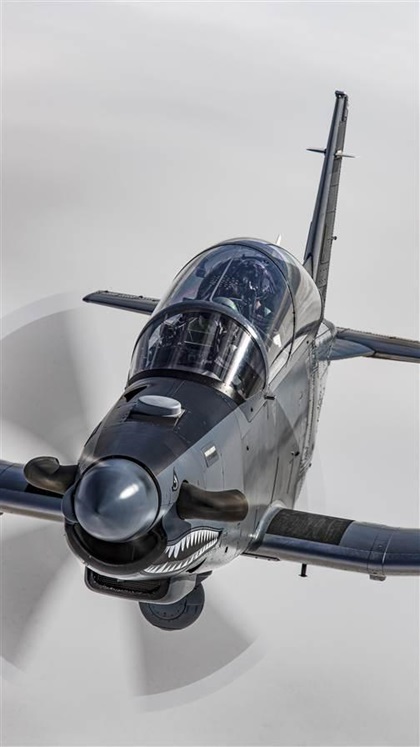From the editor: Twin-turbine VFR into IMC?
A first look at the Kobe Bryant crash
The aircraft was a Sikorsky S–76, a popular, capable twin-turbine helicopter operated by Island Express Helicopters Inc.—and many other FAR Part 135, on-demand charter operations. It was equipped with an autopilot, but apparently had no terrain awareness warning system (TAWS). The 8,200-hour pilot (with 1,250 hours in the S–76) had a commercial pilot certificate with ratings for helicopter and instrument flight, as well as CFII and ground instructor certificates. He had a flight review in May 2019 that covered inadvertent flight into instrument meteorological conditions (IMC) and unusual attitude recoveries. The pilot had worked for Island Express Helicopters Inc. for 10 years, so he would have been familiar with the geography and weather of the Los Angeles area.
Like most helicopter operations, Island Helicopters ran the S–76 in VFR-only conditions. The day of the Bryant flight there was thick fog over the LA basin, with tops reported at 2,400 feet msl. The S–76 departed John Wayne-Orange County Airport in Santa Ana, California, bound for Camarillo Airport to the northwest. At first the flight was conducted at 700 to 800 feet msl. As it neared the Burbank Class C airspace—where IMC was reported—the pilot asked to follow U.S. Highway 101. He also asked about the Burbank weather and was told that the tops were at 2,400 feet. After a delay for IFR traffic, ATC cleared the S–76 under special VFR to transit the Class C by following Interstate Highway 5 and maintaining at or below 2,500 feet. The pilot acknowledged and climbed to 1,400 feet, then asked for a routing via state Route 118 around the Van Nuys Airport and continuing following U.S. 101. The request was granted.
Then the controller asked if the flight was in VFR conditions. The pilot said yes and that he was continuing at 1,500 feet, an altitude that ATC said wouldn’t let them see the helicopter on radar. Radar services were terminated, then resumed when another controller came on duty. The pilot said he was climbing above cloud layers, and when asked his intentions, said he was climbing to 4,000 feet. That was the pilot’s last transmission. Radar/ADS-B data showed the flight reaching 2,300 feet (about 1,500 feet above the highway), then entering a left turn, followed by a 4,000-fpm descent. The helicopter crashed into a ridge at the 800-foot level.
Investigators will no doubt look into several links in this accident chain. California’s coastal fog isn’t conducive to VFR flying at the low altitudes where helicopters typically fly; was it especially bad that day? The charter operator’s practices will also get scrutiny, as will the pilot’s logbook, judgment, and flying record. Ditto the helicopter’s equipment and maintenance history. The engines seem to have been operating normally. There’s also the matter of mission mindset. Bryant, a retired NBA superstar, routinely used helicopters to avoid Los Angeles’ traffic congestion—and, on the day of the crash, it is believed, to fly to one of his daughter’s basketball club’s games.
At first glance, the accident resembles general aviation’s typical VFR-into-IMC scenarios. But with a high-time pilot flying a high-end helicopter for hire, and in a familiar environment? We’ll have to wait for the NTSB’s answers to the questions all of us may ask. Why wasn’t the flight delayed or canceled? Why wasn’t the autopilot engaged? Why was no TAWS aboard? Was the pilot not instrument proficient? Was it a case of spatial disorientation? Get-there-itis? Or was something else at work? Many times, the first armchair analyses are wrong.
Email [email protected]

 Textron Aviation’s AT–6 Wolverine sports Flying Tiger-style nose art—fitting for its role as a light attack airplane.
Textron Aviation’s AT–6 Wolverine sports Flying Tiger-style nose art—fitting for its role as a light attack airplane. 

